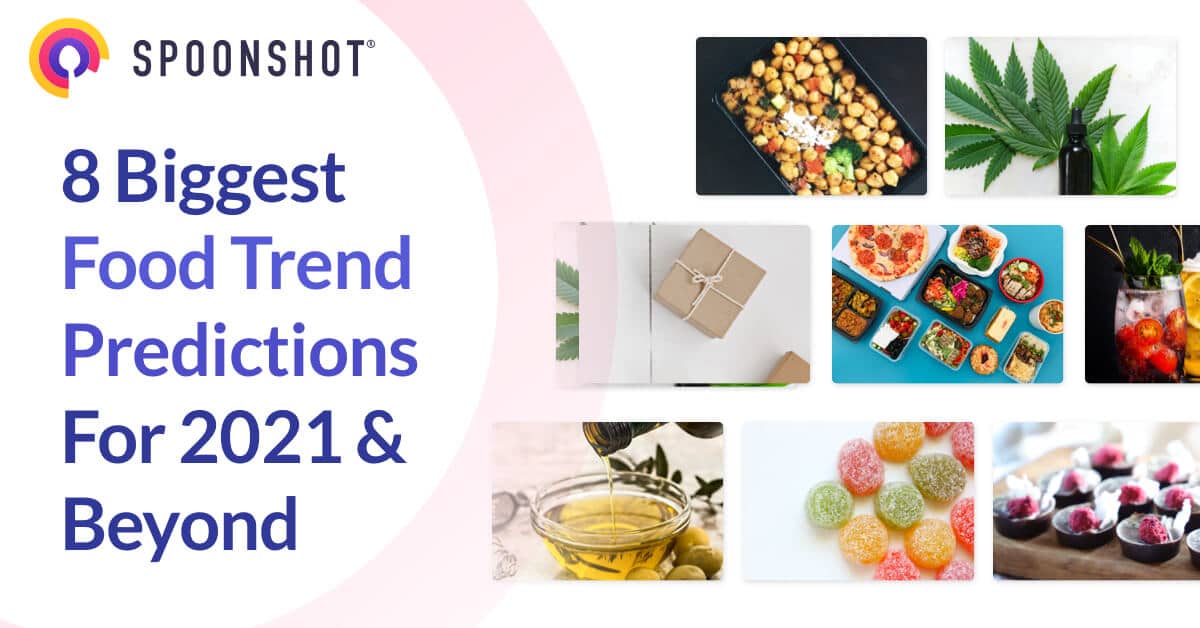
EIGHT LEADING-EDGE FOOD TREND PREDICTIONS FOR 2021-2022
Originally published in Oct 2019 (view) and now updated to account for COVID-19.
International Food Trendologist, Liz Moskow teamed up with food innovation intelligence platform Spoonshot to predict and interpret the food trends that will impact menus, product development, and consumer behavior into 2021.
By leveraging Spoonshot’s massive data pool that processes millions of inputs daily, Liz Moskow predicts trends before they happen, rather than highlighting them after trend adoption has begun.
Spoonshot analyzes billions of data points, across 22 different types of data, spanning more than 12K long-tail data sources. These include scientific journals, niche food communities, and social commerce platforms. Spoonshot connects seemingly disparate dots between these data sets using AI and food science domain expertise to uncover innovation opportunities.
Given the huge volume of data examined and algorithmic connections made, Liz Moskow can predict and interpret food trends empowered with new levels of organic intelligence.
Welcome to the future of food – Food Trends 2021
These eight leading-edge food trend predictions for 2021 are a result of this partnership. We’ve now updated them keeping in mind the impact COVID-19 will likely have on them. Seven of the eight initial trends made the cut, and we’ve replaced the one trend that didn’t make it.
SUGAR RUSH
The vilification of sugar is real! With continued mounting pressure from consumers to reduce product sugar content, CPG companies are rushing to find a new gold standard of sweetness.
Both changes in FDA labeling requirements and food technology advancements are paving a path for two new approaches to sweetening. Sugar replacer, allulose is about to trend. Riding on the heels of the FDA’s decision to exclude allulose, a sweetener derived from wheat and certain fruits from the total and added sugar declarations on nutritional facts panels, allulose is alluring to product developers.
Taking a food tech approach, Nestlé and DouxMatok are focused on maximizing the efficiency of sugar to provide products with the same perceived sweetness but by using up to 40% less of it.
Look for both allulose and sugar reduction technologies to trend into 2021 and beyond.
COVID Impact
The pandemic completely knocked us off track in terms of healthy eating and living in its initial months. Inconsistent routines, lower activity levels, and stress saw consumers gravitate to comfort food and reap the consequences of this shift in behaviour. Over 3 in 4 Americans surveyed said they gained up to 16 pounds in isolation.
Now, however, most of them are re-prioritizing improving their diets, which will include cutting down on sugar. This will also drive the demand for sugar substitutes and new technologies in the sugar reduction space.
Product Examples
Allulose has started to expand into multiple formats – crystal form and liquid syrup – and is making its presence felt in multiple categories as a sugar substitute. Replacement products featuring a combination of allulose and sucralose as sweeteners will become more common. Meal replacement brand Soylent, for example, recently reformulated its range of drinks to include allulose, while Cocomels launched a sugar-free version of its coconut milk caramel candy sweetened with allulose and monk fruit, making it keto-friendly and free of sugar alcohols.
The continued popularity of the keto diet will also likely give allulose a boost since the sweetener is keto-compliant.
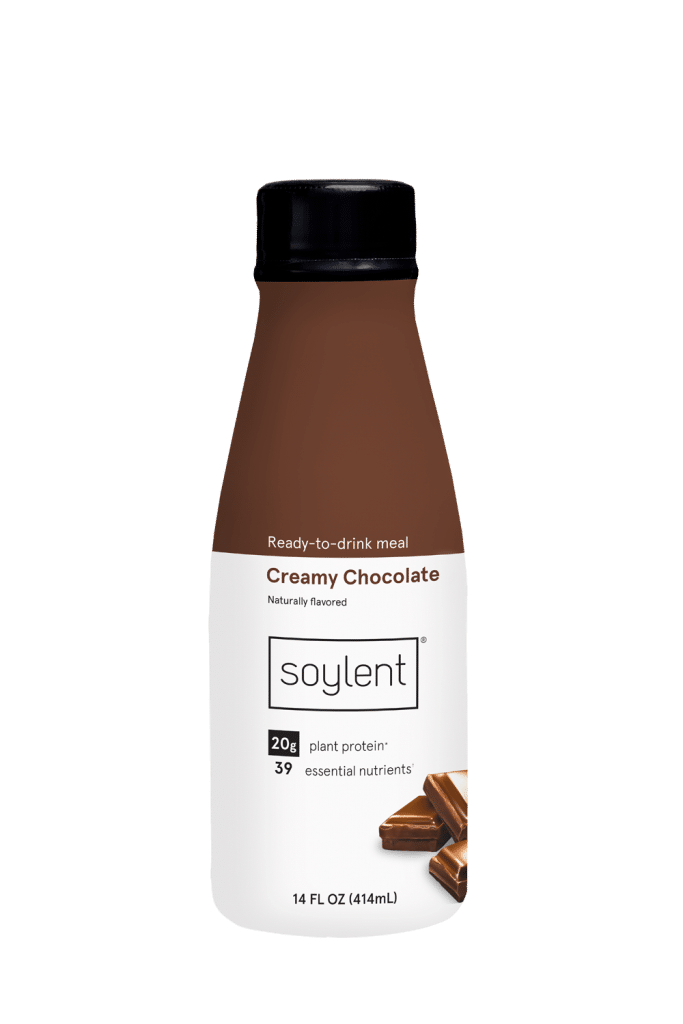
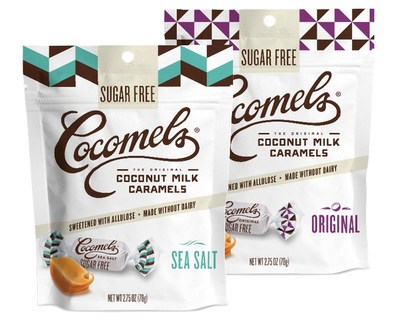
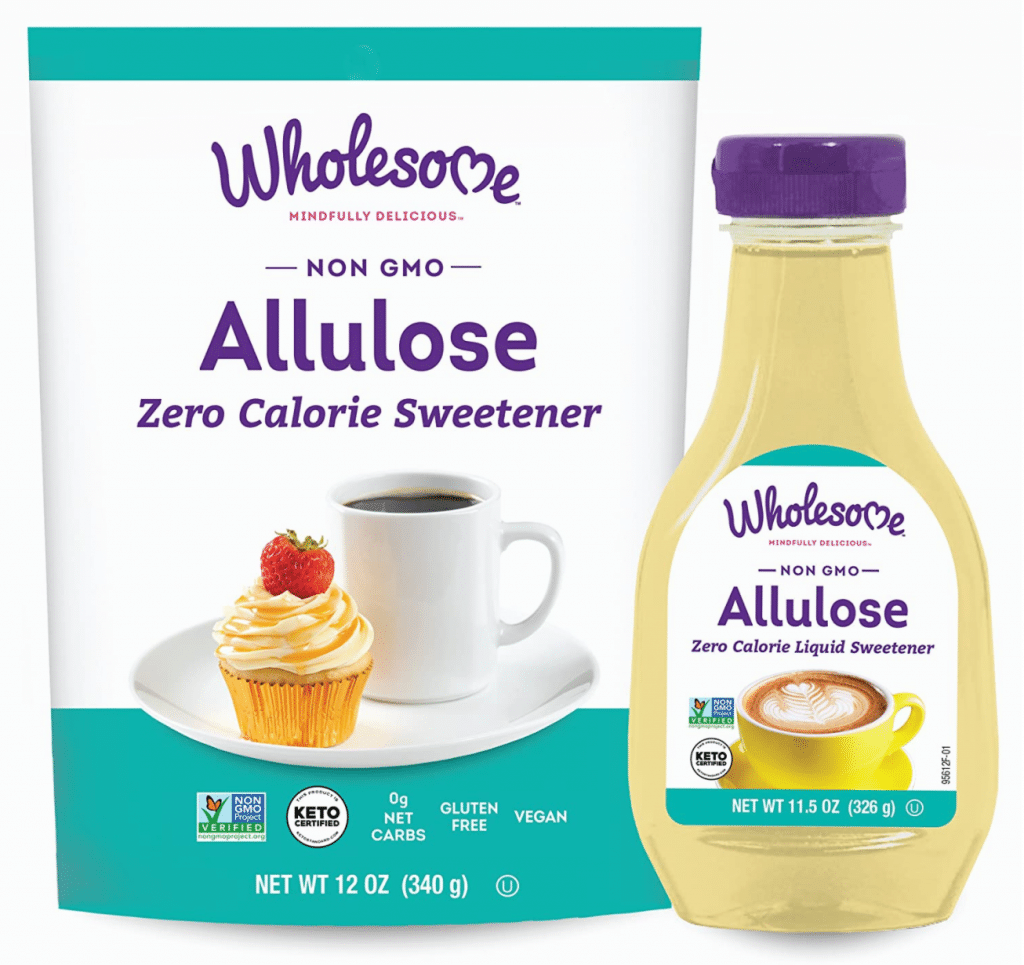
In 2021, DouxMatok will be launching in the US an upgraded version of its “enhanced sugar” (a patented technology that makes sugar taste sweeter) that uses fiber as a carrier instead of the previously used silica.
Nestlé in 2018 launched Wowsomes, a product featuring its new hollow sugar technology which reduced sugar 30%. In February 2020, the company announced that it had discontinued the line, perhaps highlighting that this product may have been ahead of its time. Despite the response to this chocolate product, the technology remains revolutionary and we can expect to see it being used in other products, targeting adults rather than children.
In light of the renewed focus on healthy eating and weight loss at this juncture of the pandemic, expect greater interest in such technology.
GARBANZO: GOOD TO GREAT
The chickpea began its journey to greatness at some point in the early 2000s when hummus migrated from middle-eastern eateries and into deli sections across the US. Americans have continued to adopt chickpea-based products in many forms since and it’s still featuring among our top food trend predictions for 2021.
The experimentation happening now with both chickpea flour and aquafaba (chickpea soaking water) is the springboard for future chickpea-based trends. Flatbreads and crusts made from chickpea flour will migrate from Italy and France into American frozen food sections.
Look for socca flatbreads and fainâ based pizzas to be available in retail outlets near you. Dairy-free ice cream, macarons, and meringues made with aquafaba will also take a center stage of our food prediction trends for 2021 as consumers clamor for plant-based versions of their favorite sweets.
COVID Impact
As with most new trends, food service would have normally been the place to start such trends. However, as the pandemic forced restaurants to shutter and people to stay at home, we may see a leapfrogging of trends directly to retail. Chickpea flour, which is already used in many parts of the world, will become a coveted ingredient for consumers looking to regain their pre-pandemic health levels through homemade recipes.
Product examples
Currently, 1 in 3 launches in the US featuring chickpeas as an ingredient is from startups, but expect this to rise as innovation featuring chickpeas comes to the fore.

Product Examples:
Chickpea-based ice cream and cakes are finding growing appeal not just among those following a plant-based lifestyle, but also those looking for better-for-you options for an indulgent treat.
CBD ADJACENT
While there’s still a bit of confusion surrounding the legality of CBD, it hasn’t stopped the plant medicine from becoming a worldwide phenomenon.
For those still leery of crossing the legal line in search of a remedy for inflammation, chronic pain, and anxiety, Copaiba may be the answer. Copaiba, a completely legal essential oil derived from the resin of the Copaifera tree contains terpenes that interact with the endocannabinoid system in the body to purportedly provide similar therapeutic benefits to CBD.
Added sparingly to elixirs and edibles, copaiba has a woodsy, sweet flavor and aroma conducive to relaxation. Our food trend predictions for 2021 suggest you keep an eye open for copaiba.
COVID Impact
Copaiba’s growth is likely to have been stalled by the pandemic, which saw the natural and organic space focus on growing their core portfolio rather than on expanding into new ingredients. At the same time, the need for such ingredients is higher than ever before.
The WHO estimates that around 300 million people around the world suffer from an anxiety disorder, a number that is expected to only go up in light of the COVID-19 pandemic.
People are dealing with high levels of anxiety, depression, lack of motivation, and stress due to unemployment, their financial situation, the economy, isolation, and other reasons related to the pandemic. Products, such as copaiba, can go a long way in helping them better cope.
In addition, the FDA has recommended new enforcement guidance for CBD. While no details are known yet, such legal issues will continue to plague CBD products, opening up the need for relaxation aids that come with less legal baggage.
So even though interest in copaiba may have waned a bit in light of the pandemic, we can expect to see a renewal in the coming year as people attempt to bring back calm into their lives.
Product Examples
DoTerra often showcases recipes that feature the use of its copaiba essential oil.
CLIMATARIANS ARE COMING!
Climate change is top- of- mind for food trends 2021. It seems the world is in dire peril and the time to change course is NOW! Vegans have been doing their part to combat climate change by avoiding meat for years, but a more comprehensive approach is coming.
This includes the elimination of all foods with a high carbon footprint; such as meat and cheese, eating only locally grown and seasonal foods, and avoiding products that exploit animals at risk from climate change. Foods to add to a climatarian diet would include algae, seaweed, pulses, grains and legumes, invasive species of plants, fish, and insects.
Diets with low environmental impacts are becoming all the rage.
Interest in sustainable diets increased by 151.7% in the last five years and by 55.5% in the last year alone.
COVID Impact
The pandemic will force companies to shift their focus away from climate-friendly food innovation. Overall innovation has been stalled with many companies choosing to delay or cancel new product launches or development. The slowdown in global trade and production of related ingredients will have tempered innovation within the climate-friendly food space as well.
But the one thing that the pandemic has proved is that, if we’re careful, we can actually have a positive impact on the environment. Expect consumer demand for eco-friendly packaging to grow and product manufacturers to take up this cause.
Reducing carbon footprint and enhancing the sustainability of packaged goods, which ultimately will help slow down climate change, is going to be the lynchpin to attract the climatarian consumer. Upcycling packaging will also see a rise.
Product Examples
This noodles product from Paldo in the US includes both chlorella and seaweed.
Silverfin Fish Cakes are made from US wild-caught Asian carp, an invasive species that is threatening the Mississippi River Basin, an innovative solution to protect this aquatic ecosystem.
CupCycling is said to be the world’s first recycling process dedicated to upcycling takeaway cups by turning them into papers and packaging.
“NO BONES” ABOUT IT, CAROB WILL MAKE A COMEBACK
The popularity of plant-based eating has emphasized the planetary benefits of going vegan. It also, however, showcases a major health deficit created by doing so. HYP, (Hydroxyproline) an amino acid crucial to collagen production in the human body is often deficient in people who avoid animal products. Enter carob, which is high in HYP, fiber, calcium, iron, antioxidants, and protein. Carob also is gluten-free, caffeine-free, naturally sweet, and low carb.
These factors all add up to make it the next superfood darling. Despite its bad reputation as a 1970’s chocolate replacer, carob is set to redefine its role as a collagen supportive ingredient for vegetarians. Look for it in coffee innovation, RTD beverage, baked goods, bars, and powders.
High in HYP and other nutrients, carob also adds a rich, sweet, sophisticated flavor to recipes.
COVID Impact
We don’t expect the pandemic to have much impact on carob as of now. Carob is by no means a new ingredient. However, its newly discovered functional benefits will drive its popularity once again, particularly among those who have embraced a plant-based lifestyle. Expect to see unique flavor and ingredient combinations in food and beverage innovation featuring carob.
Product Examples
The combination of carob and soya beans rank high on novelty and flavor within the retail space and can make for interesting vegan desserts, including this frozen dessert from Valsoia.
This is yet another combination using carob and was seeing some traction within recipes, and has the potential to expand to retail products. Examples of recipes featuring this combination include carob fudge, carob molasses cake, and raspberry power balls.
FATS FORWARD
Among other to follow from food trends 2020, fats are coming back!
Last year, flavored compound butters and MCT- laden products were popular targets for product development consideration and food philosophy adoption. There continues to be conflicting information regarding the health benefits or hazards of these saturated fat sources. One fat that has always been connected to healthful eating now has even more evidence of benefit.
Emerging research on good ol’ olive oil points to both Elenolide, a chemical component of olive oil that has proven anti-hypertensive properties as well as tyrosol, a compound that’s protective against neurodegenerative diseases. 2021 will see a return to the liberal use of extra-virgin olive oil as the favored fat and a move away from coconut oil.
“Scientists have managed to detect and isolate a constituent of extra virgin olive oil, elenolide- that could act against high blood pressure” – Department of Pharmacognosy, Athens University
Plant-based fats that are extrudable have elongation fiber-like properties suitable for plant-based meat options. Over the last two years, interest in such products has increased by 251.3%.
COVID impact
The focus on rebuilding healthy eating habits will definitely benefit this trend. Over the last few years, the benefits of healthy fats have taken the world by storm and research continues to find new functionalities for them. The fascination with keto diets – particularly variations that advocate lower meat consumption – will also drive the demand for plant-based fats.
Product Examples
EVERYTHING IN MODERATION
Recent food trends seem to exist at opposite ends of the healthy eating spectrum. From beefy burgers to plant-based patties, mezcal to mocktails, gold-flecked sundaes to medicinal mushroom coffee, consumers are vacillating between decadence and detoxification. 2020 will usher in a year of foodie bipartisanship where the path to the plate will be paved with more moderate choices.
Animal VS Plant– Reductitarian will win the day. Getting meat lovers to permanently swap their beef for pea protein is not a winning proposition. More likely is a diet comprised of less meat, not complete elimination. We’ll see a surge in products using the 50/50 method; substituting half the amount of meat for the plant, or half the dairy for nut milk.
50/50 blended foods have already started to see some growth over the last couple of years. Definitely among our top food trend predictions for 2021.
Decadent VS Functional- While fun to photograph and try ONCE, extreme food fads are not long-lasting. From an entire bowl of edible cookie dough wrapped in rainbow cotton candy to a cheese sauce smothered 5-pound burger, decadent, made- for- Instagram creations are on one side. On the other, functionally formulated food and beverage products designed for wellness without much concern for flavor or texture or even efficacy. The moderate choice? Thoughtfully crafted food and the beverage made with natural, healthy ingredients in moderate portions with balanced flavor and efficacious amounts of beneficial ingredients.
Boozy VS Sober Curious- Clean living feels great, sometimes, but for the average American adult, imbibing with an alcoholic beverage often equates to being social and therefore isn’t going away anytime soon. Rather than choosing to regularly enjoy a boozy milkshake or a Japanese whiskey highball, or abstaining altogether, beverages that employ a light and refreshing approach with lower ABV options will better appease the base.
Interest in low and no ABV drinks has skyrocketed – by 332.6% over the last five years – as consumers actively look to make healthier choices.
COVID Impact
In light of the disruptions that the pandemic has wrought, moderation will gain greater importance as consumers seek out winning formulations to stay healthy and build immunity.
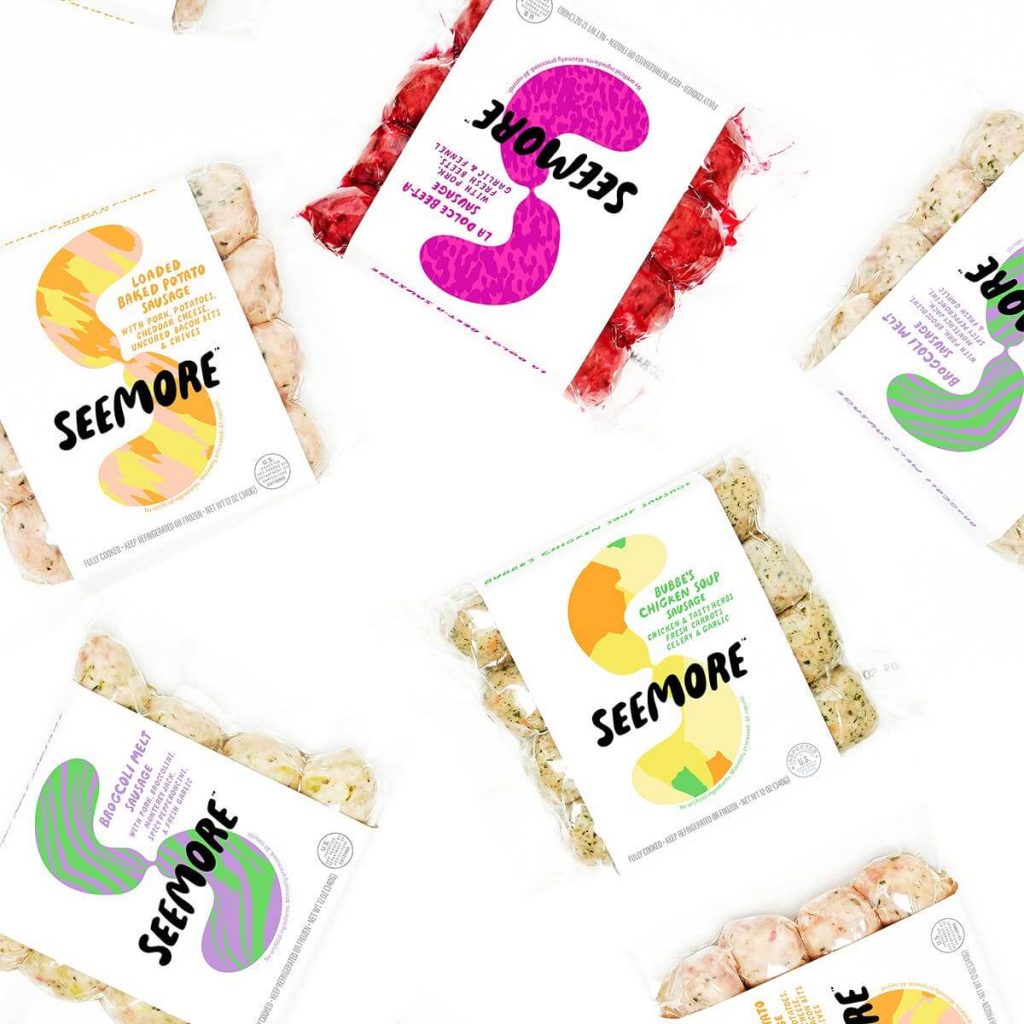
Seemore sausages were created as “less meat but not meatless” sausages to help people reduce their meat consumption. The entire range comprises sausages made with meat and vegetables.
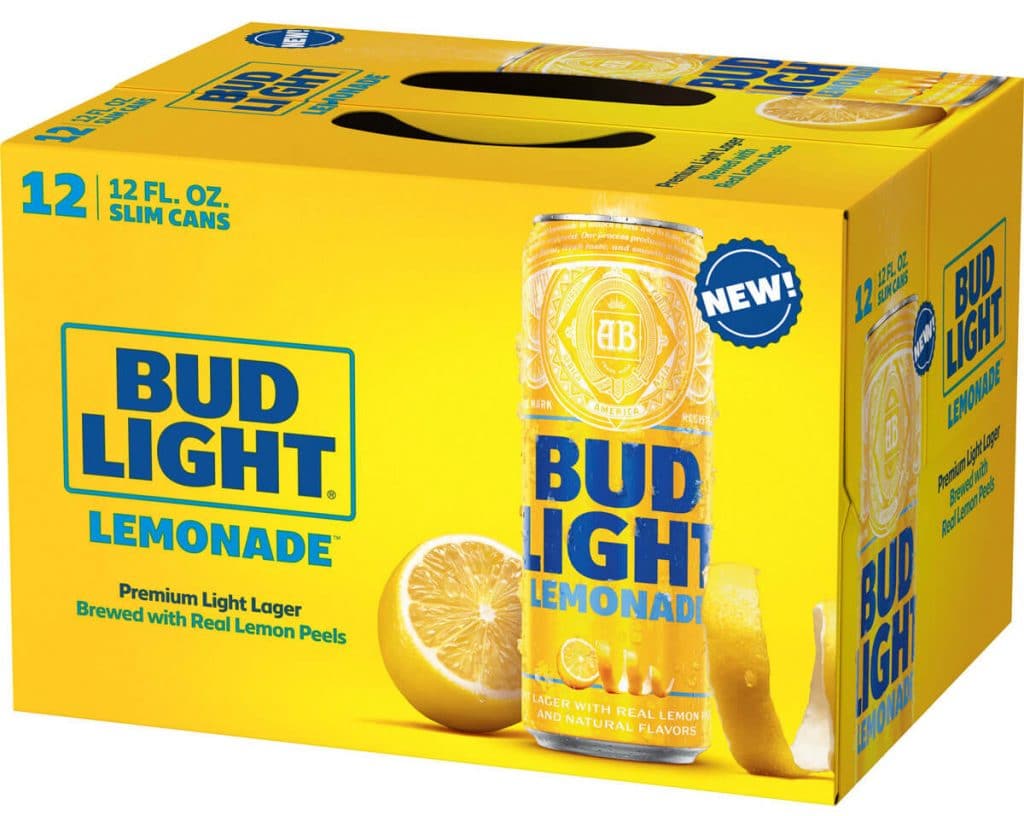
Bud Light Lemonade has just a 4% ABV for light drinking occasions.
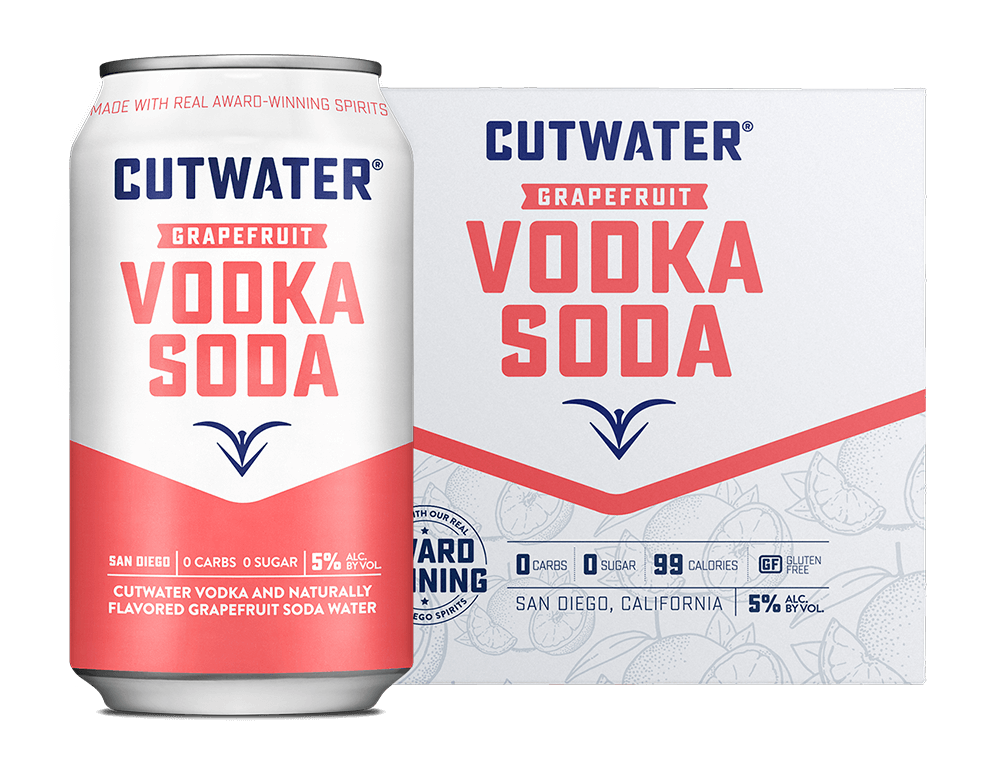
Cutwater’s vodka soda range has a 5% ABV.
Live Real Farms offers a range of milk blends made from dairy and almond or oat drink.
NEW TREND: GHOSTING RESTAURANTS TO GHOST KITCHENS
COVID-19’s impact on food service has been felt far and wide across the world. Dining out and ordering in have taken a hit over consumer concerns about potential contact. But restaurants have not been taking the situation lying down and are coming up with innovative and alternative revenue streams. Many have changed their business models and offerings to keep consumer interest alive.
We’ve seen restaurants switch to a ghost kitchen model, double up as grocery delivery stores, turn their fare into meal kits and heat-and-eat meals, offer to-go cocktails, and even repurpose their parking lots into dining spaces to keep with social distancing guidelines.
Chefs and influencers are also doing their bit to get hunkered down consumers excited about saving their local eateries. Expect to see a lot more innovation come out of the foodservice industry in the coming year in their struggle to stay afloat and innovative in these trying times.
Product examples
The Lean Kitchen Network partners with Twisted, one of the largest social media food networks in the UK, to develop a delivery-only food service offering, called Twisted London. Additionally, Lean Kitchen Network also developed a number of its own brand delivery-only restaurants that can be ordered from via food delivery aggregators.
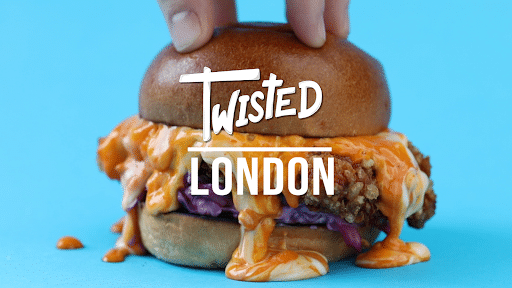
Rapper Wiz Khalifa partnered with Nextbite, which specializes in leveraging existing kitchens, to provide food delivery services called Hotbox.
The trend that didn’t make the COVID cut:
7 out of 8 isn’t bad! Most of the food trend predictions for 2021 are still relevant despite the impact of COVID-19 – with slight tweaks in direction, of course. However, the one trend that we’ve reserved judgment on is a foodservice trend.
Sexy Ugly Flavor Mashups
Global flavor mash-ups certainly aren’t new, but experimentation blending both the umami and sweet flavor profiles is starting to branch out in “interesting” and exciting new ways. Though you might at the first turn your nose up at the thought of umami-rich seaweed paired with sweet caramel, or fish sauce and burned sugar, the flavor pairing philosophies these mash-ups are based on is solid.
Consumers are starting to wrap their heads around the idea of flavor experience- it’s what makes accepted favorites like maple bacon doughnuts, apple pie with cheddar, and Garrett’s Popcorn cheese and caramel mix so popular. We’ll start to see more experimentation with global umami + sweet into 2021.
COVID impact
These unique flavor trends usually start at restaurants and the most popular ones are absorbed by manufacturers for retail. However, with curbs on dining out, it will be a while before we get back to the breakneck speed of flavor innovation and experiences.
We’re putting this trend on the back burner for now.
Want only the hottest food trend predictions for 2021? Get in touch with the team to request a demo of our trends prediction platform on hello@spoonshot.com



Leave a Reply